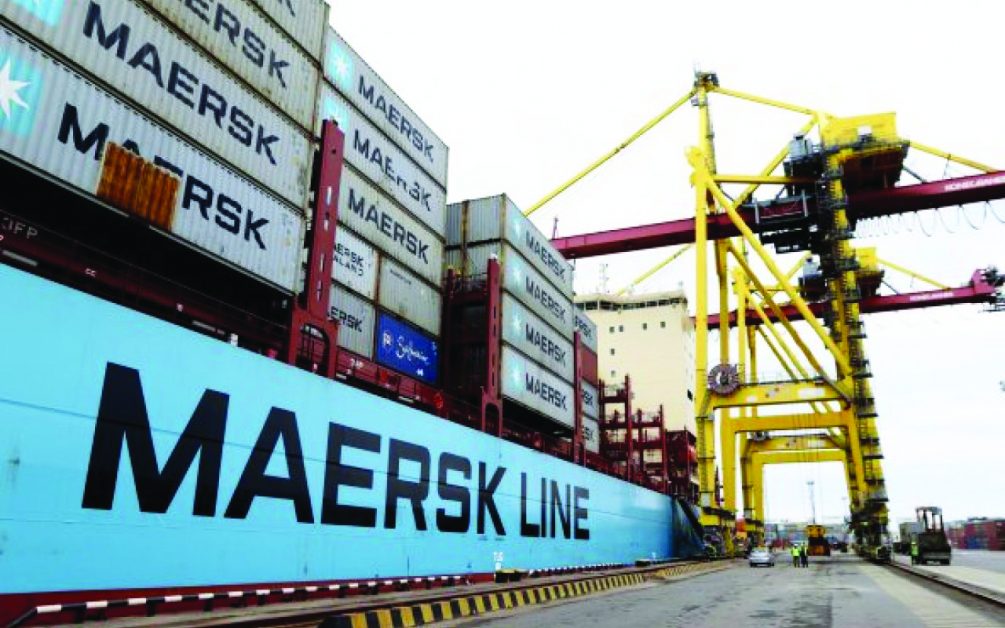Behrouz Aqaei, the director-general of Ports and Maritime Department of Sistan-Baluchestan Province (where the port is located) told IRNA on Monday that after the cargoes are unloaded in Shahid Beheshti Port, they are transited to Afghanistan by trucks.
He said that India’s all 75,000 tons donated wheat for Afghanistan is due to be sent to the country through Shahid Beheshti Port, only five consignments of which have been sent so far.
Chabahar is believed to be the best and economical transit route into Afghanistan and Central Asian countries. In mid-April, a 75,000-metric-ton consignment of Indian wheat heading for Afghanistan arrived at Chabahar to be delivered to the destination country through land borders.
According to Aqaei, the Indian government sent the mentioned cargo aiming to support its trade partner during the coronavirus pandemic. The consignment was comprised of 203 20-metric-feet containers that had been shipped from Kandla Port in eastern India.
In 2016, Iran, India, and Afghanistan decided to jointly establish a trade route for land-locked Central Asian countries. India sent its first consignment of wheat to Afghanistan through Iran’s Chabahar Port back in 2017.
Later on, in February 2019, the Afghanistan-Iran-India trade corridor for the trade between the two countries through Chabahar Port was officially inaugurated.
In February this year, the Secretary General of Iran-Afghanistan Joint Chamber of Commerce Mozafar Alikhani announced that Iran has approved two Afghan banks to open branches in its southeastern strategic port of Chabahar.
“Due to the strategic nature of the Chabahar port and being exempted from the U.S. sanctions, Iran has allowed two Afghan banks to establish branches in the port so that the two countries’ businessmen could be able to use their facilities and services,” Alikhani said.
There are strong economic ties between the two countries in terms of cultural, linguistic and historical commonalities, and many of Afghan traders are familiar with the patterns of trade and consumption in Iran, he said.
“Iran currently supplies about 35 percent of Afghanistan’s total imports, apart from the technical-engineering, and educational services,” Alikhani added.
Mentioning the banking relations between the two countries, the official said: “The Central Bank of Afghanistan had earlier canceled Aryan Bank’s license for activity in that country, but the bank has been re-licensed and is preparing to start operations in the near future.”
The neighbor Afghanistan is a major export destination of Iranian products, and as Iran is seriously pursuing the objective of boosting non-oil exports to its neighbors, making the exporters acquainted with this country’s markets is an agenda.
Source: Tehran Times








